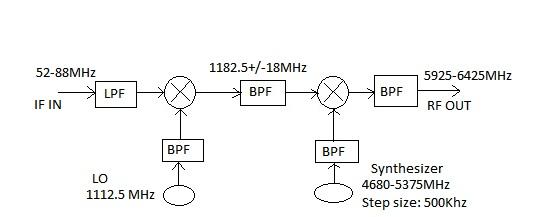RF Filter Applications in Microwave Communication
Advertisement
RF filters are crucial for filtering and managing frequency content in various industries. This guide explores their versatile applications in the microwave industry. Filters are used extensively in electrical, electronics, and communication domains.
They are used in both analog and digital circuits. Analog filters, made of analog components, are found in analog circuits. These filters come in two types: active and passive. Passive filters consist of inductors (L), capacitors (C), and resistors (R), while active filters incorporate op-amplifiers in addition to L/C/R.
Digital filters are developed using programming languages like MATLAB and C and are implemented in digital components such as ASICs, processors, or FPGAs. The programs for digital filters are flashed onto these components.
RF filters are of the analog type and are constructed using microstrip, stripline, or other types of transmission lines. These lines can be transformed into the basic L, C, and R components.
The following section outlines the core applications, functions, and use cases where RF filters are employed.
 RF filter
RF filter
RF Filter Applications and Uses
-
IF Filtering: As shown in the figure, IF filters are used to allow intermediate frequencies (IF) of 1182.5 +/- 18 MHz to pass through using a Band-Pass Filter (BPF). This eliminates other nearby IF frequencies that may mix with the Local Oscillator (LO) frequency, producing frequencies in the desired C band and causing interference if present.
-
Low-Pass Filtering: A Low-Pass Filter (LPF) is used to pass lower IF frequencies in the range from 52 to 88 MHz.
-
RF Band Filtering: An RF filter in the higher band from 5925 to 6425 MHz is used to pass frequencies only in the C band. This avoids nearby interference from other satellite bands.
-
Broadcast Receivers: RF filters are used in broadcast receivers to select the desired channel frequency and reject all other frequency channels.
-
Image Frequency Rejection: They are used for image frequency rejection in radio and TV receivers, as well as satellite receivers.
-
Multi-Way Loudspeakers: Filters are also used in multi-way loudspeakers, where different audio frequencies are distributed to different loudspeakers designed for high, bass, and mid-range tones.
-
EMI Filters: EMI filters are used for noise reduction.
-
LO Leakage Prevention: They are also used to stop Local Oscillator (LO) leakage in RF transceiver designs.
Conclusion
From communication to healthcare, RF filters play a critical role in ensuring signal integrity and system efficiency.
Advertisement
 RF
RF



